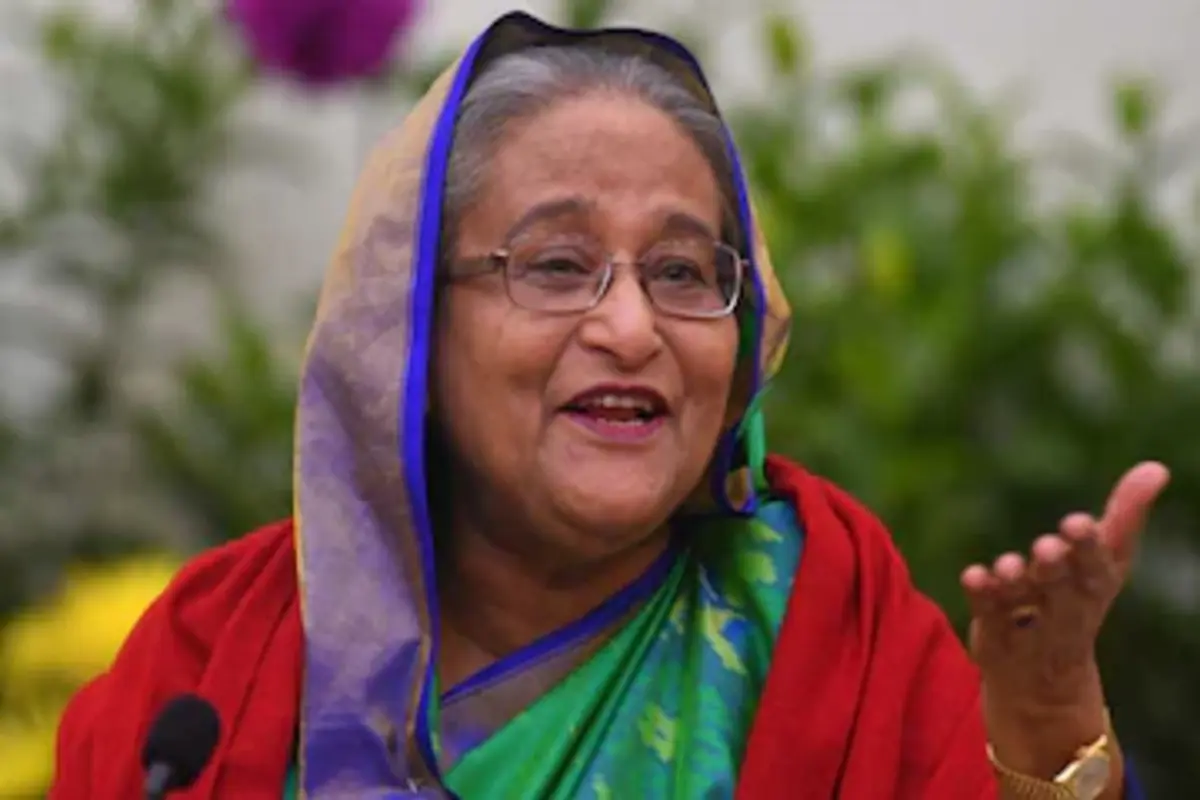
Tata Motors’ small shipment of 1.23 million rupees to Bangladesh, which includes a vehicle chassis, could change the rigid attitudes that have dominated business in the Indian subcontinent since its partition 75 years ago. This could restore some of the economic ties that existed between India and Bangladesh, the former East Pakistan, before 1947. The significance of this shipment is that for the first time both the seller and the buyer agreed to make a transaction and buy in Indian Rupees.
Pessimists reject this initiative, realists shrug and say that only time will tell. Only those, burned by history and untouched by today’s politics, wonder if some economic normality can return in their lives.
Let’s start with the pessimistic-realist arguments. First, while the sale reduces the dependence of India and Bangladesh on the US dollar, the numbers are still very small and the importance of the dollar remains paramount.
The two-way trade between Delhi and Dhaka was $18 billion in 2021-2022, of which $16 billion was spent on India. Bangladeshi exporters can use only $2 billion of Indian rupees in trade, an amount equal to their exports to India, said Mezbaul Haque, head of Bangladesh Bank, one of two Bangladeshi banks that can open nostro accounts. Second, Indian banks are reducing their exposure to Bangladesh, which has been affected by the conflict between Russia and Ukraine. Dhaka’s foreign exchange reserves fell from $48 billion in 2021 to $23.56 billion today, equivalent to just four months of imports – and just short of the $24 billion minimum that Bangladesh requires to apply for an extended loan facility from the International Monetary Fund (IMF). 4.7 billion dollars.
The war in Ukraine had a huge impact on the global economy, but none more so than in South Asia. In principle, the IMF promised Sri Lanka a bailout of 2.9 billion dollars, but only if China is included in the restructuring of the economy. Pakistan received a US$3 billion IMF bailout in July 2023 as its reserves fell to US$3 billion and inflation rose to 38 percent, followed by US$2 billion from Saudi Arabia, US$1 billion from the United Arab Emirates and China. A $3 billion loan to solve Islamabad’s financial mess. Third, China’s growing influence in Bangladesh is not only educational.
It seems that the rest of the region could adopt a model. Bangladesh and China decided a year ago to convert part of their trade into yuan – similar to what they are doing now with India. But most interestingly, Bangladesh has told Russia that it will pay for a $12.65 billion civilian nuclear power plant that Russian nuclear company Rosatom is building in Rooppur, in Chinese yuan. And Moscow, which suffered badly after it was banned from the SWIFT international payment system when it invaded Ukraine, went along with it. Whether this is the beginning of the dedollarization of the world’s most popular currency is debatable elsewhere. With domestic elections just around the corner, Bangladeshi Prime Minister Sheikh Hasina is considering new ways to strengthen her influence and win an unprecedented fifth term in office. Despite Indian Home Minister Amit Shah’s remarks comparing the Bangladeshi invaders to “termites”, Hasina knows that India’s support is huge during the election. Perhaps this is the main reason why he did not publicly express his displeasure with Shah’s comments.
He realizes that the main reason he can win again is because India is so heavily behind him. It certainly means that Hasina is keen and interested in streamlining the trade process between India and Bangladesh. It is good for him and good for India. Red tape and red tape mean most good ideas are stifled, including the fact that it takes 138 hours and 55 signatures to get one truck from India to Bangladesh, according to the World Bank’s Cecile Fruman. According to Fruman, only 5 percent of all South Asian trade takes place in the region, and “greater integration and seamless connectivity” could increase trade to $44 billion. Rupee-to-rupee trade between India and Bangladesh is expected to boost this activity. When it comes to the subcontinent’s potential for regional economic integration, India is clearly putting all its eggs in Sheikh Hasina’s basket.
Meanwhile, a dual-currency Taka-Rupiah card will be launched in Dhaka in September, allowing Bangladeshi nationals visiting India to use rupees, avoiding the temporary exchange of US dollars. This is sure to give a boost to the rupee-to-rupee business, which has just started with a Tata Motors consignment at Petrapole border in West Bengal. Of course, these are initial, baby steps. Opening up the economy to Indian and Bangladeshi players comes with its own risks – including China. Only recently Hasina opened a $1.2 billion Chinese-built six-bay submarine base at Cox’s Bazar, right at the mouth of the Bay of Bengal – and India seems worried.
But despite China’s growing influence in Bangladesh, Delhi and Dhaka both know that India has a key role to play in the region’s development. With economics and politics so closely intertwined, it makes sense that India would want to support its ally in the east. Delhi promotes connectivity projects, restores rail links by donating 10 locomotives to Bangladesh, and Dhaka reciprocates this gesture by giving India access to Mongla and Chattogram ports and expanding Bangladesh’s own energy projects – Gautam Adani offered 1,600 MW of electricity to the neighboring country. in a recent meeting with Hasina. Does all this mean that India hopes Hasina will return to power? Of course, the people of Bangladesh decide who they want to lead their country.

















